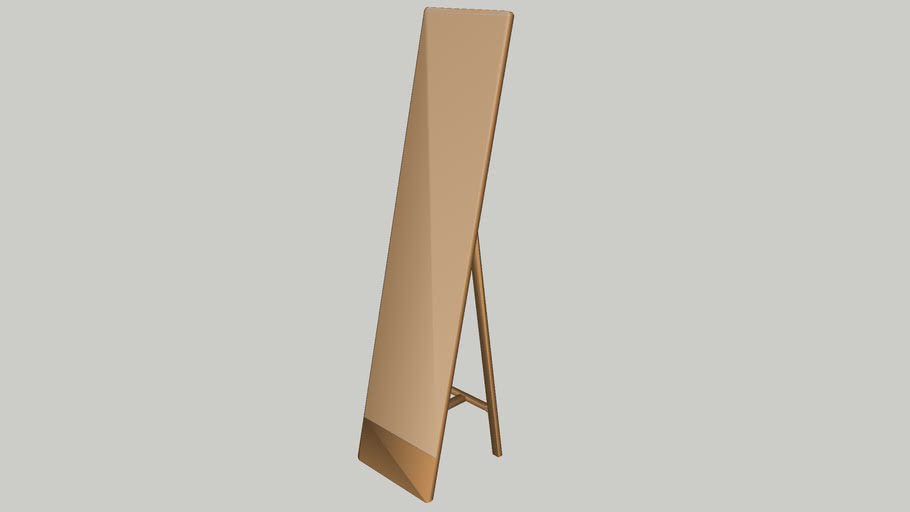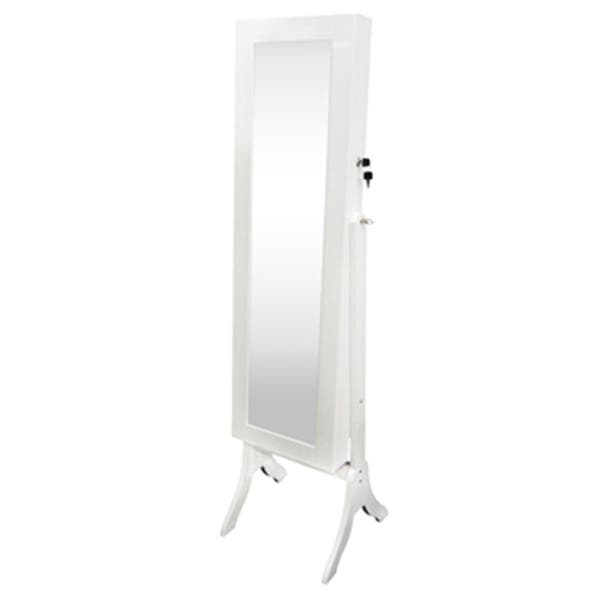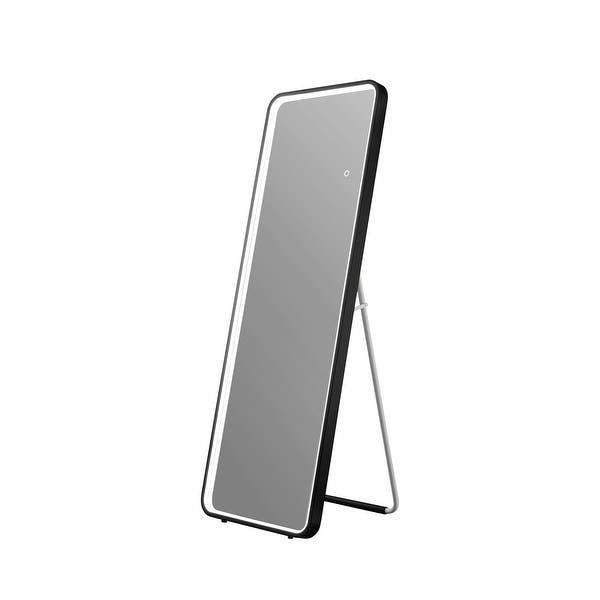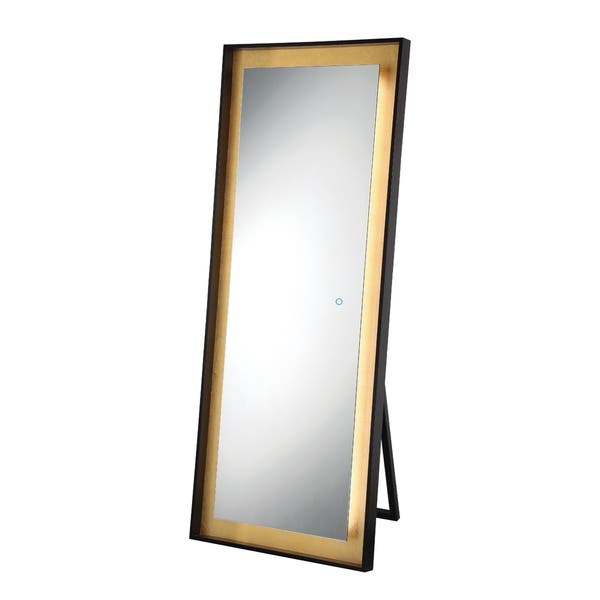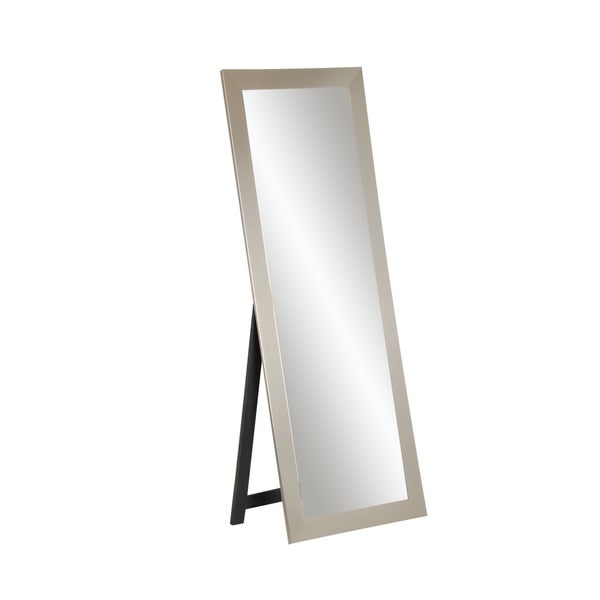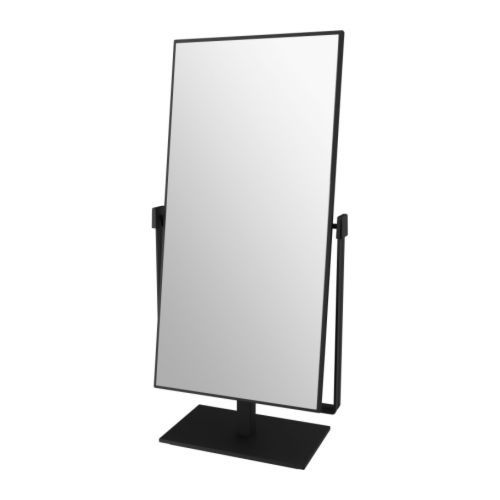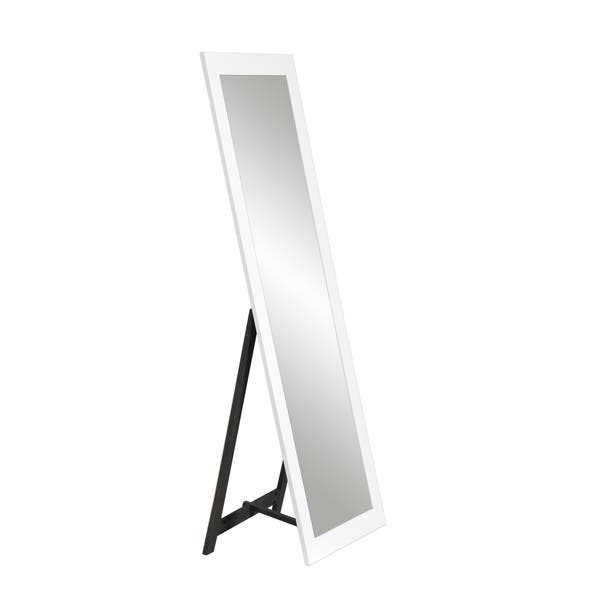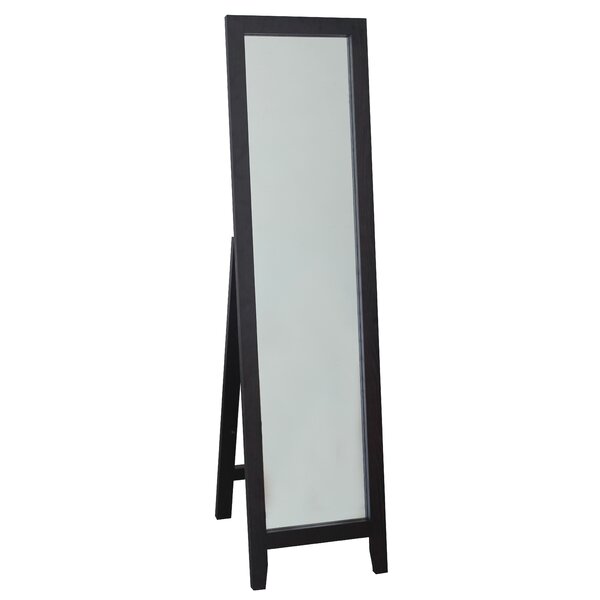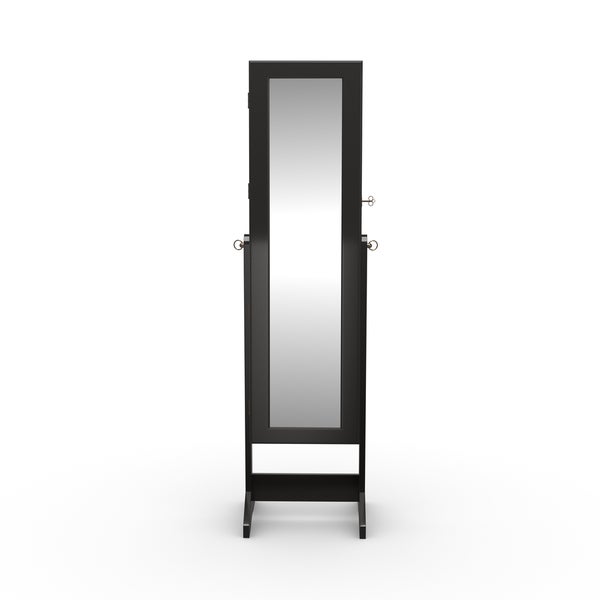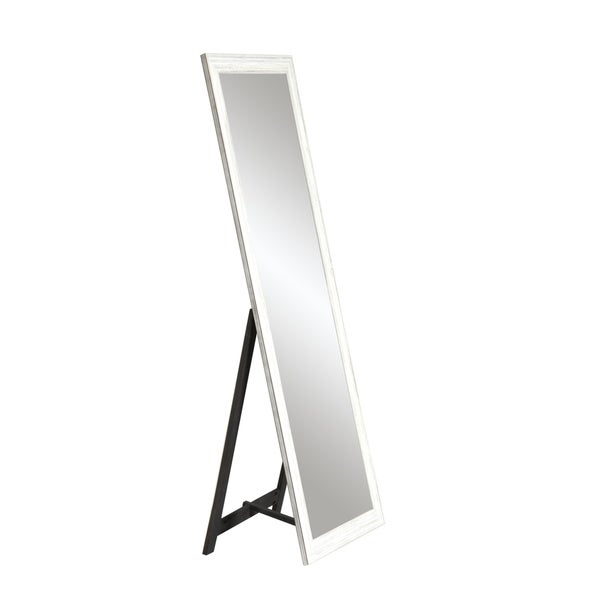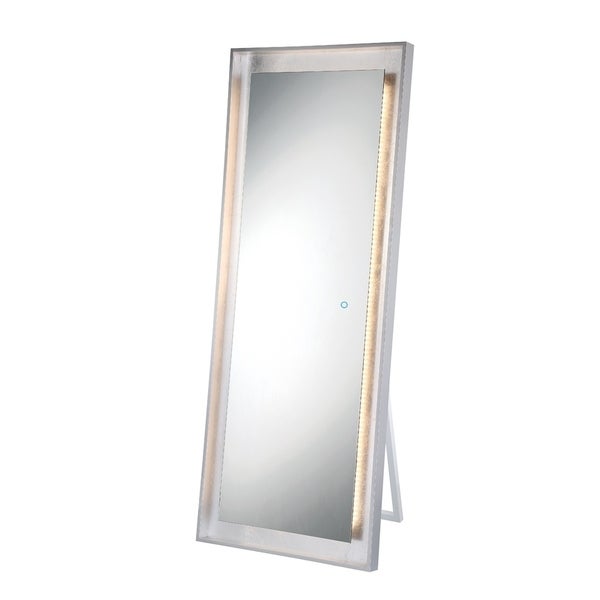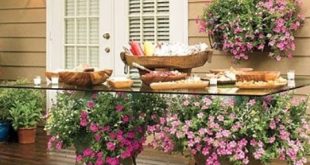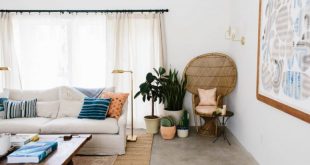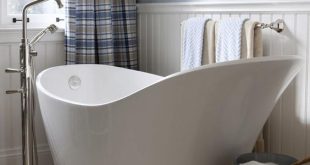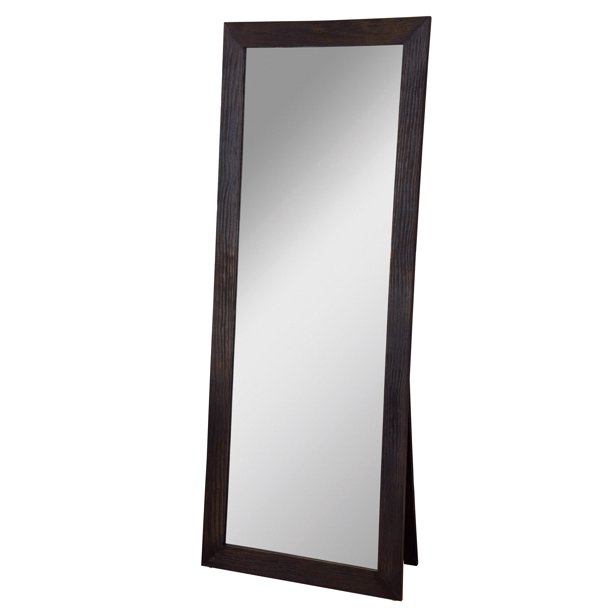
The free-standing piece, which was designed for the design brand jot.jot, is intended to combat ideas of the mirror as “just a flat object on the wall”. The Mudu mirror from the Lithuanian studio Heima has a sculptural silhouette from every angle. Seen from the front, Mudu looks like an ordinary oval mirror, but the side view shows its tapered back – which is made of Corian.
Wooden pins on the side of the mirror shell allow it to rest on a painted steel frame that also has wood accents at the base of its legs. The studio used computer controlled (CNC) technology to create a shape for the conical shell of the mirror. Corian was then heated to flexibility and placed in the conical mound with a vacuum press. The unusual shape of the mirror is designed so that it can be “observed from all sides”. The otherwise “neutral” appearance fits into all types of interiors, whether classic houses or industrial lofts.
Designers viewed it as a piece of furniture rather than a home accessory. Hence, of course, it became a freestanding volumetric object. The volume given to the mirror is almost 100 percent unnecessary from a functional point of view, and that’s what we like best. The unusual shape of the mirror is designed so that it can be “observed from all sides”. The otherwise “neutral” appearance fits into all types of interiors, whether classic houses or industrial lofts.
 home decor trends
home decor trends
